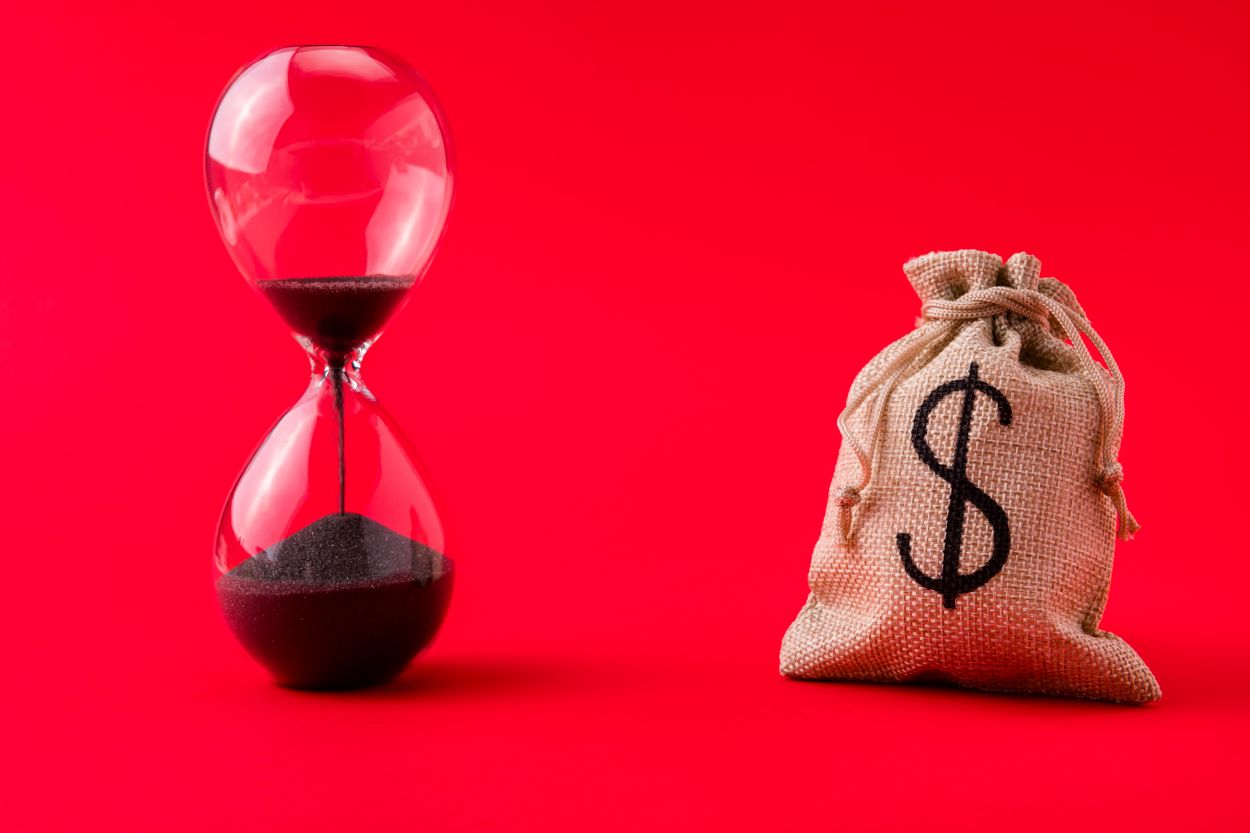For mortgages, in theory, unless real estate prices fall by more than 20%, the likelihood of bad debt remains low as financial institutions previously capped LTV at 80% and recently lowered it to 20 –
0%. House prices fell about 13% during the 1998 crisis, but recovered quickly in the ensuing boom. We do not expect nationwide property prices to fall sharply in the near future, but as the number of unsold properties outside the Seoul metropolitan area increases, price adjustments will become more apparent in other regions. Small and medium-sized towns are in Seoul. . Falling house prices will reduce the wealth effect, limiting household consumption. For Jeonse deposit, because Korea Housing Finance Corporation and other credit guarantee funds guarantee up to 80% of Jeonse loans, direct risks to commercial banks are limited. However, for those who do not purchase Jeonse Guarantee Insurance, a sudden drop in the price of Jeonse can be a risk factor.
Although the current government has relaxed some lending conditions for first-time buyers and personal loans from the beginning of the third quarter of 2022, loan demand is unlikely to be met immediately due to high numbers of borrowers. The number of qualified groups is relatively limited and the market conditions are not favorable for homebuyers.
The experience of shifting household debt to financial crisis dates back to the credit card crisis of 2003, when credit card use was encouraged with the removal of cash advance limits and easing of conditions for credit card payments. credit card loans, but risk management policies are still inadequate. . But, since then, there has been no such crisis, not even during a recession. Financial regulators have installed a number of risk management tools and financial institutions have developed better credit rating and other risk monitoring systems.
Are there signs of increased default risk?
NPL ratio is a key indicator of potential signs of default risk. According to data from the FSS, the bad debt of household loans at commercial banks decreased during the pandemic period and reached an all-time low of 0.16%, and the four major commercial banks has made more than 200% provision in the first quarter of 2022. Therefore, we believe that the risk of household default remains low. However, if we only look at internet banks like Kakao bank and K-Bank, the bad debt ratio is increasing and is relatively higher than the average banks. Although the lending volume of the two Internet banks is negligible, this may suggest that the overall delinquency rate may increase in the coming months. Compared to other commercial banks, online banking is considered riskier as their clients are concentrated in the middle risk/medium reward group and are younger. Therefore, it is necessary to monitor the bad debt trend of these banks because the increase in interest rates has a more negative impact on the risk group.
This policy will ease some of the burden on households and young people
In July, the government announced a KRW 30 million Refinance Policy Fund, which encourages households to refinance their loans. their existing mortgage by switching from variable-rate loans to fixed-rate loans at a as high as 3%. This will mainly benefit middle and low-income households, targeting households with a house price of KRW
00 million or less and households with an income of KRW 70 million or less. . It also requires repayment of the principal and thus also assists the household in clearing the debt. The fund will be accepting applications from September 15.
As mentioned earlier, unprotected charter can be another risk factor for households and needs political support. Recently, some tenants have not received their deposit even after the tenancy has been terminated. As a result, the Ministry of Land, Infrastructure and Transport and related ministries have announced a plan to prevent damage to the Jeonse Scam. Incentives include emergency loans at 1% per annum and provision of temporary housing for those who have not recovered their deposits.
Meanwhile, the government will launch the Youth Start-up Account, which is a policy-style financial product that helps youth create an opportunity to build wealth, up to KRW 50 million within 5 years. It’s not a debt forgiveness program, but it makes sense in that it encourages young people to save so they can be financially well-equipped.
Delegation will be difficult but the economy can handle it
In this note, we looked at the size and depth of household debt to better understand household debt present family in Korea. There are certainly some things to watch out for, and some areas are more risky than others. A faster write-off rate is expected combined with asset price adjustments, and going forward, private consumption, the main driver of growth this year, is expected to decline in the near future. . However, in our view, this is also part of the economic cycle in which the economy normalizes. More importantly, governments are proposing policies to prevent landfall and support vulnerable groups, and the financial industry has adopted rigorous risk management and monitoring tools. Therefore, it is unlikely that the 2003 household credit crisis will recur in this economic cycle.
